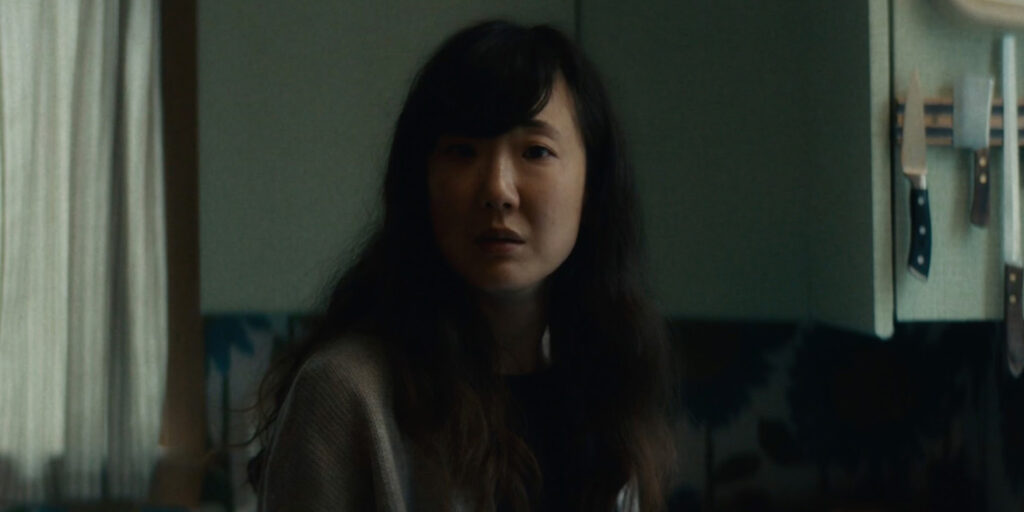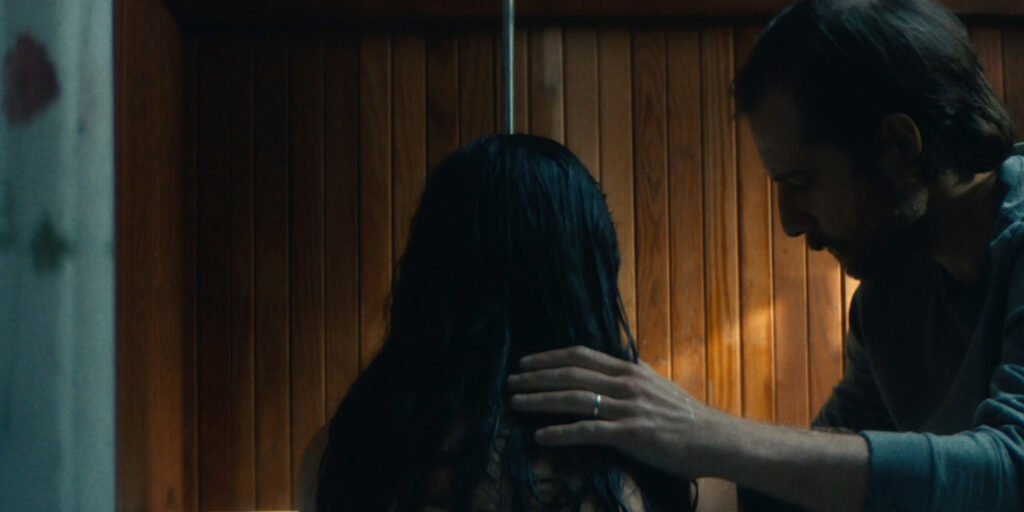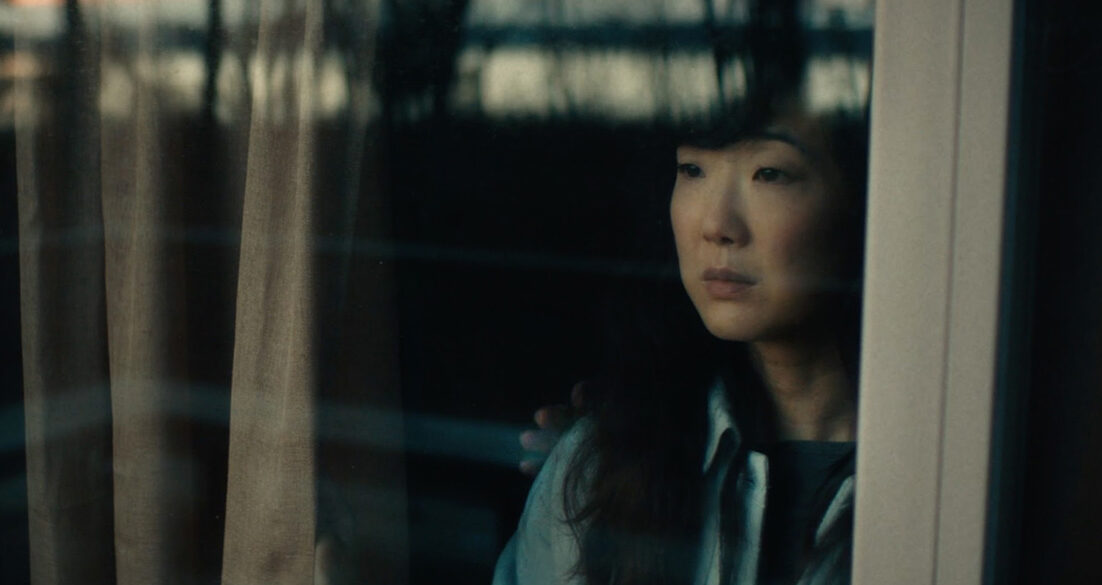Months after escaping a brutal kidnapping, Meg travels with her husband, Scott, to his family’s isolated compound in Cape Cod, hoping the early winter quiet will give her space to recover and for them to reconnect. Shortly after they arrive, however, the couple discovers they are not alone on the property. Scott’s charming but overbearing cousin, Madelin, is staying next door. To Meg’s surprise, the two are quite close and soon Madelin’s presence is inescapable.
With each passing day Meg and Scott’s already fragile relationship begins to fracture, while Meg is haunted by vivid nightmares, visions of an old woman lurking in the woods, and a growing suspicion that Scott and Madelin are hiding something from her.
As the tension in the house grows, Meg begins to act out in increasingly reckless ways, setting into motion a series of disturbing events that shatters the thin barrier of civility between her and the cousins. Subtle manipulation gives way to violent confrontation as Scott and Madelin reveal their troubling history and Meg learns the truth about her abduction.

What happens to the Final Girl after the credits roll? That’s the question writer/director Olivia West Lloyd, in her feature debut, brilliantly unravels. Jennifer Kim leads a pitch-perfect cast as the traumatized Meg, along with Kentucker Audley, Marin Ireland and Micheál Neeson in an eerie and disquieting horror tale where reality is constantly in question.
‘Somewhere Quiet’ is fresh off its premiere at the Tribeca Film Festival. No word yet on a release date.
DIRECTOR’S STATEMENT BY Olivia West Lloyd
I began writing the script for Somewhere Quiet after watching a particularly brutal horror film. The final frame was of a girl – covered in blood, the rest of her group dead – waiting for the police to arrive. The film ended there, but it didn’t feel over to me.
What happens to the girl who survives? If she’s lucky, she gets to go home. For a while, everyone will swarm her: her family, her friends, the media. But over time, those people will slip back into their normal routines, swallowed by the minutiae of their own lives. The news will forget about her, finding some new tragedy to obsess over. She will return to the mundane, carrying what happened to her into every banal moment of her forever-altered present.

Meg is a reimagining of the archetypal “final girl,” who returns home only to find that the horror has not ended, but rather changed shape. The film attempts to inhabit the fissures in Meg’s psyche, exploring the distance between her perception and her reality in the wake of her kidnapping. What begins as a quiet film of a husband and wife learning to cope with trauma slowly morphs into an insomniac nightmare, a new horror film that emerges from Meg’s own subconscious. We slip between vivid nightmares and meandering days, tense dinners and violent fantasies, becoming so firmly embedded in Meg’s perspective that we forget to question whether she is a reliable narrator.
My interest in horror boils down to an interest in fear – how it motivates us, reshapes our identities, and rewires our brain chemistry. Fear is endlessly manipulative, and it has the capacity to turn us into the very thing we have feared in others. As fear is passed from person to person, generation to generation, the line between the victim and the perpetrator becomes unbearably thin. Somewhere Quiet is a story about that slippage and the cyclicality of horror in our world. In the end, the film forms an imperfect circle, beginning and ending in the same place. Meg reenacts her own trauma onto Madelin, attacking her and holding her captive before once again attempting to escape. Only this time, we understand; escape has its limits.


